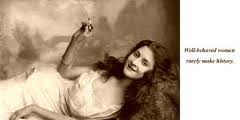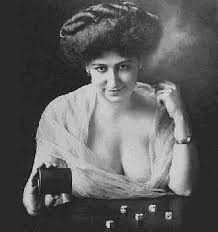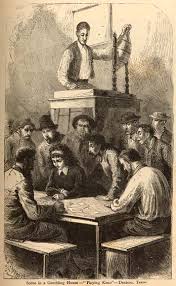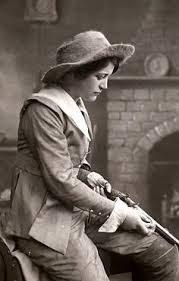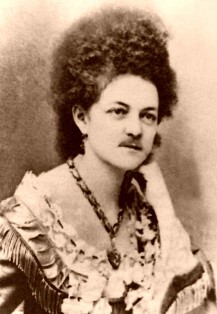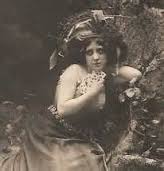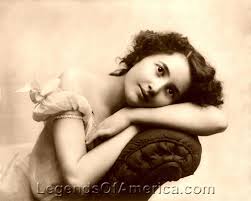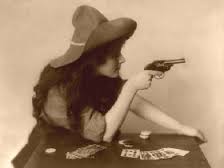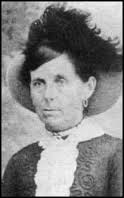The odds are in your favor. Enter to win a copy of
The Lady Was a Gambler: True Stories of Notorious Women of the Old West
Throughout the history of the early gaming days of the Old West, women proved they were just as capable as men at dealing cards and throwing dice, and the brought both pleasure and heartache to the miners of the gold and silver camps. Lady gamblers such as Eleanora Dumont saw themselves simply as business women with a talent to offer the public. Players flocked to Madame Dumont’s entertainments, their money drawn from their pockets, ready to indulge in their all-absorbing passion for games of chance. Gertrudis Maria Barcelo owned her own gambling house in Santa Fe, New Mexico, where she catered to the rich and sophisticated in her pristine establishment. Cardsharps such as Kittle LeRoy flitted from Texas, California, and South Dakota, dealing hands at rowdy saloons from El Paso to Deadwood. The gambling den Kitty eventually owned was well known for the violence of her patrons, one of whom shot and killed her.
The lives and careers of a number of lady gamblers were cut short either at the mercy of a cowboy who resented losing to a woman or by their own hand. Legendary Belle Starr was gunned down by an unknown assailant some historians speculate was a riverboat gambler she humiliated at the poker table. Colorado cardsharp Minnie Smith found life dealing blackjack to be unbearably lonely and killed herself at the age of forty-five.
To learn more about these notorious women gamblers read
The Lady Was a Gambler: True Stories of Notorious Women of the Old West

